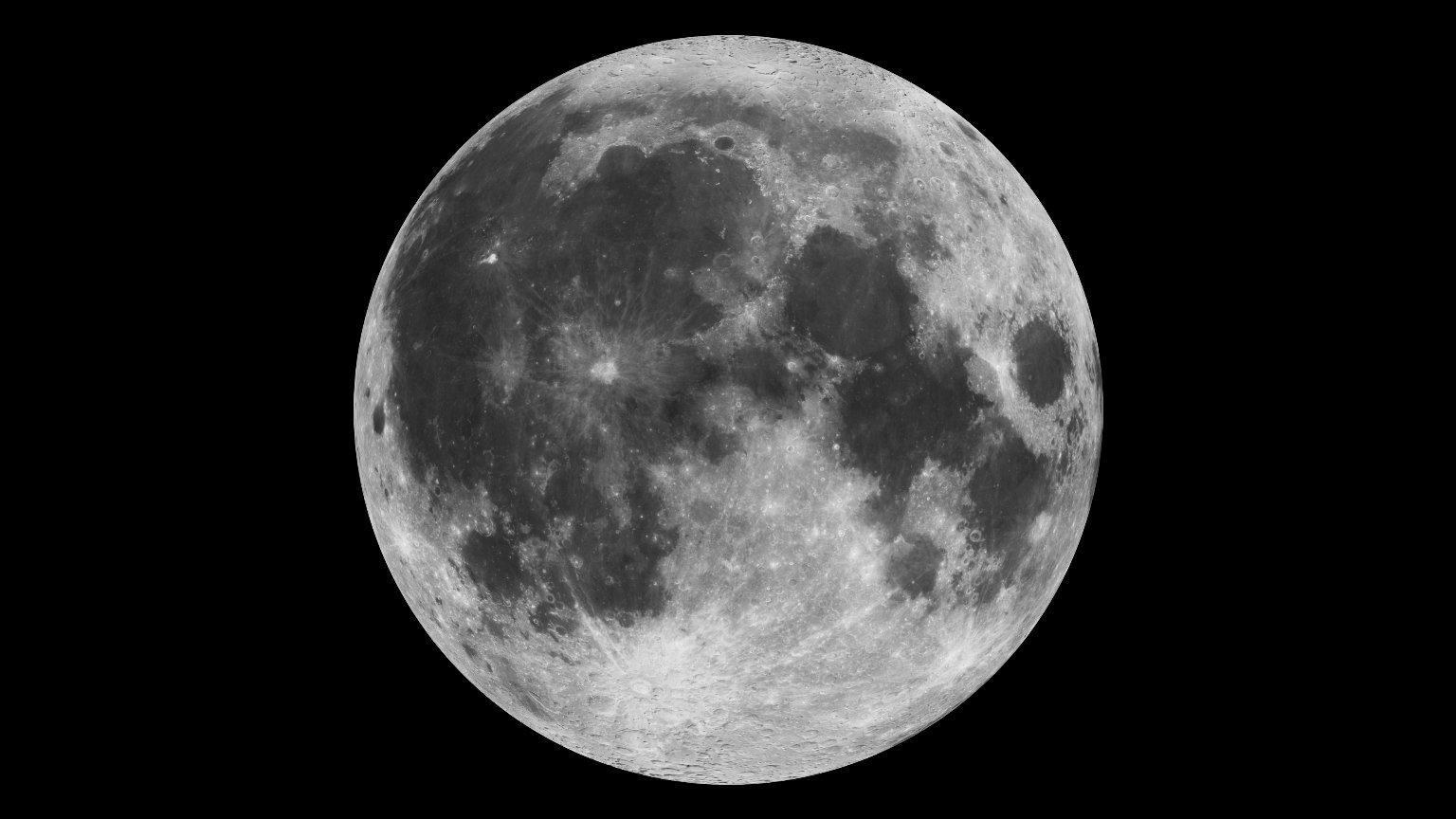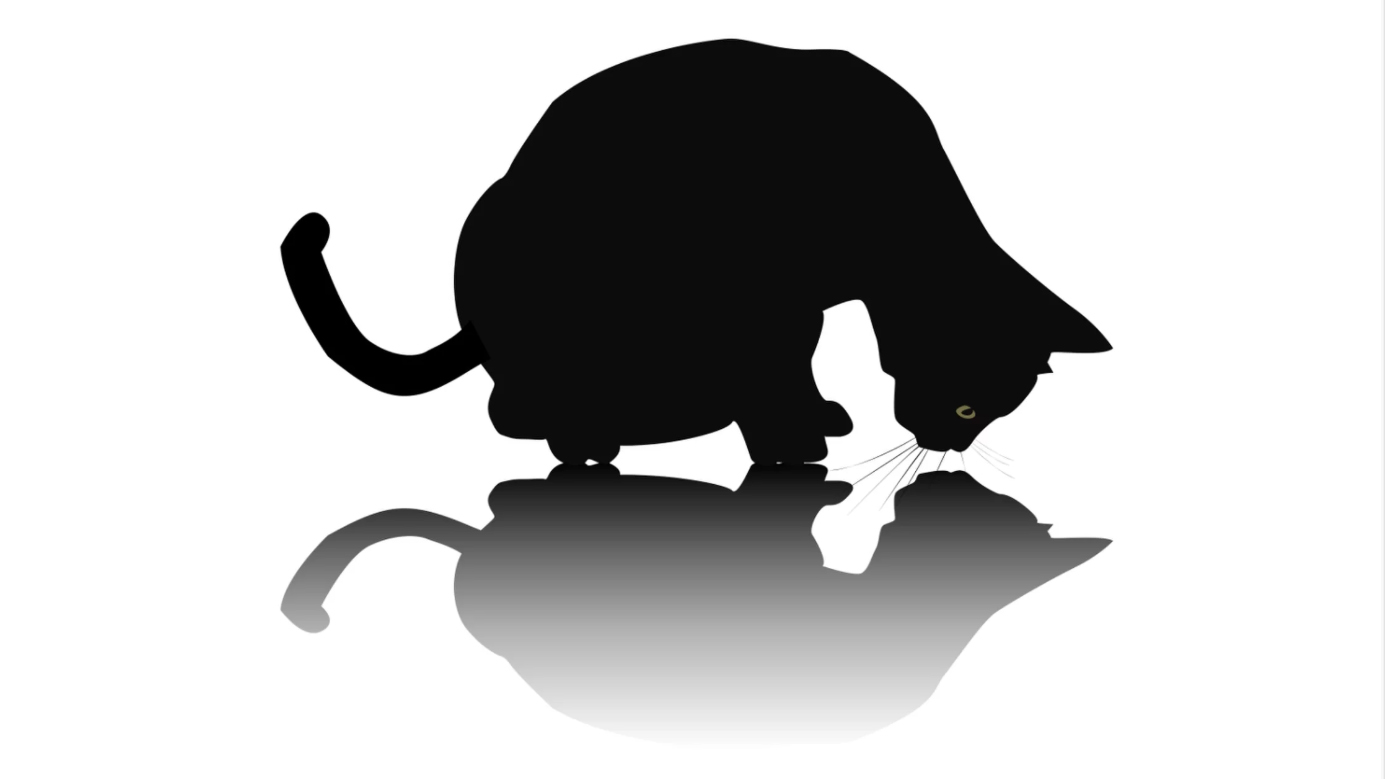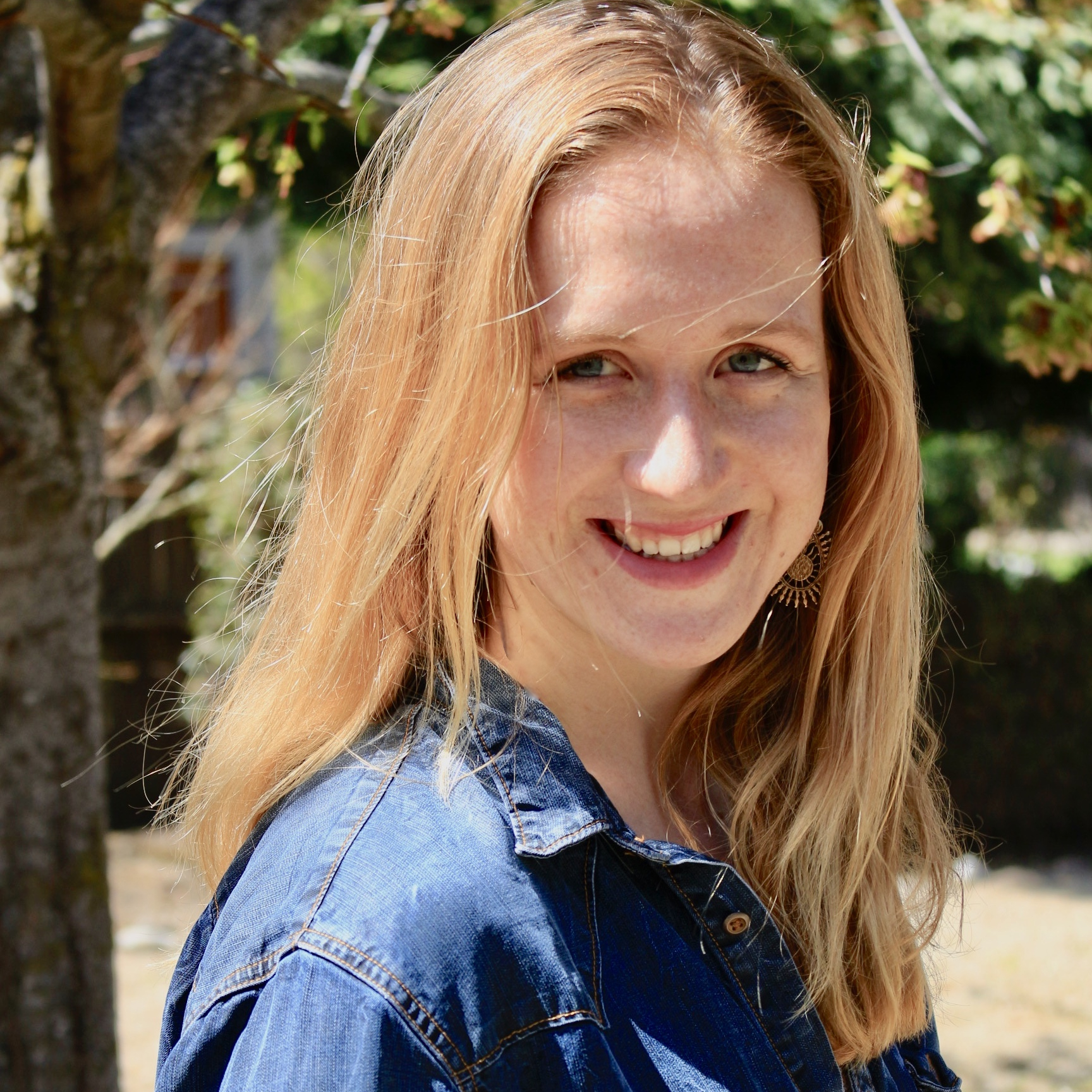
Isobel Whitcomb
Isobel Whitcomb is a contributing writer for Live Science who covers the environment, animals and health. Her work has appeared in the New York Times, Fatherly, Atlas Obscura, Hakai Magazine and Scholastic's Science World Magazine. Isobel's roots are in science. She studied biology at Scripps College in Claremont, California, while working in two different labs and completing a fellowship at Crater Lake National Park. She completed her master's degree in journalism at NYU's Science, Health, and Environmental Reporting Program. She currently lives in Portland, Oregon.
Latest articles by Isobel Whitcomb
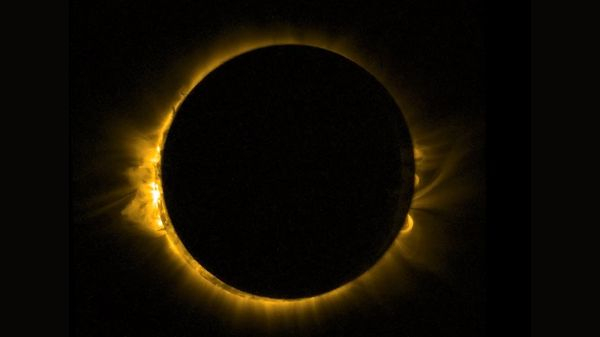
'Zeus made night from mid-day:' Terror and wonder in ancient accounts of solar eclipses
By Isobel Whitcomb published
Solar eclipses have inspired awe, wonder and fear for millenia. Here's a historical taste.
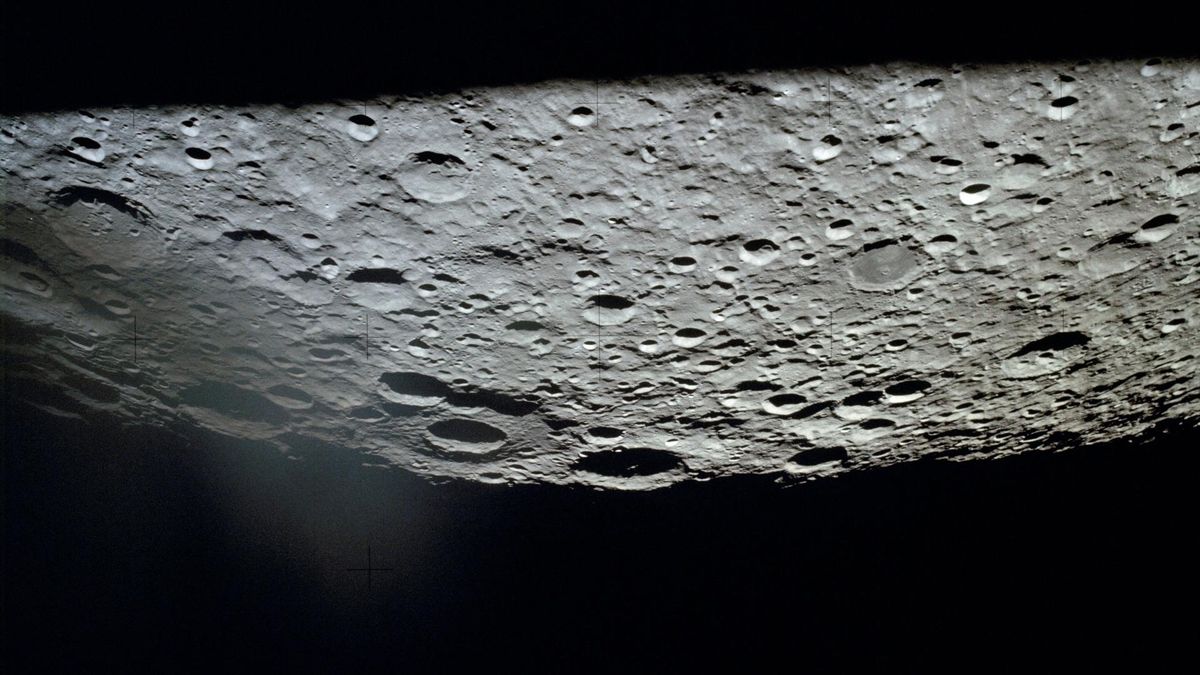
China's rover maps 1,000 feet of hidden 'structures' deep below the dark side of the moon
By Isobel Whitcomb published
Scientists were able to visualize the upper 1,000 feet of the moon's surface for the first time. Their results reveal billions of years of previously hidden lunar history.
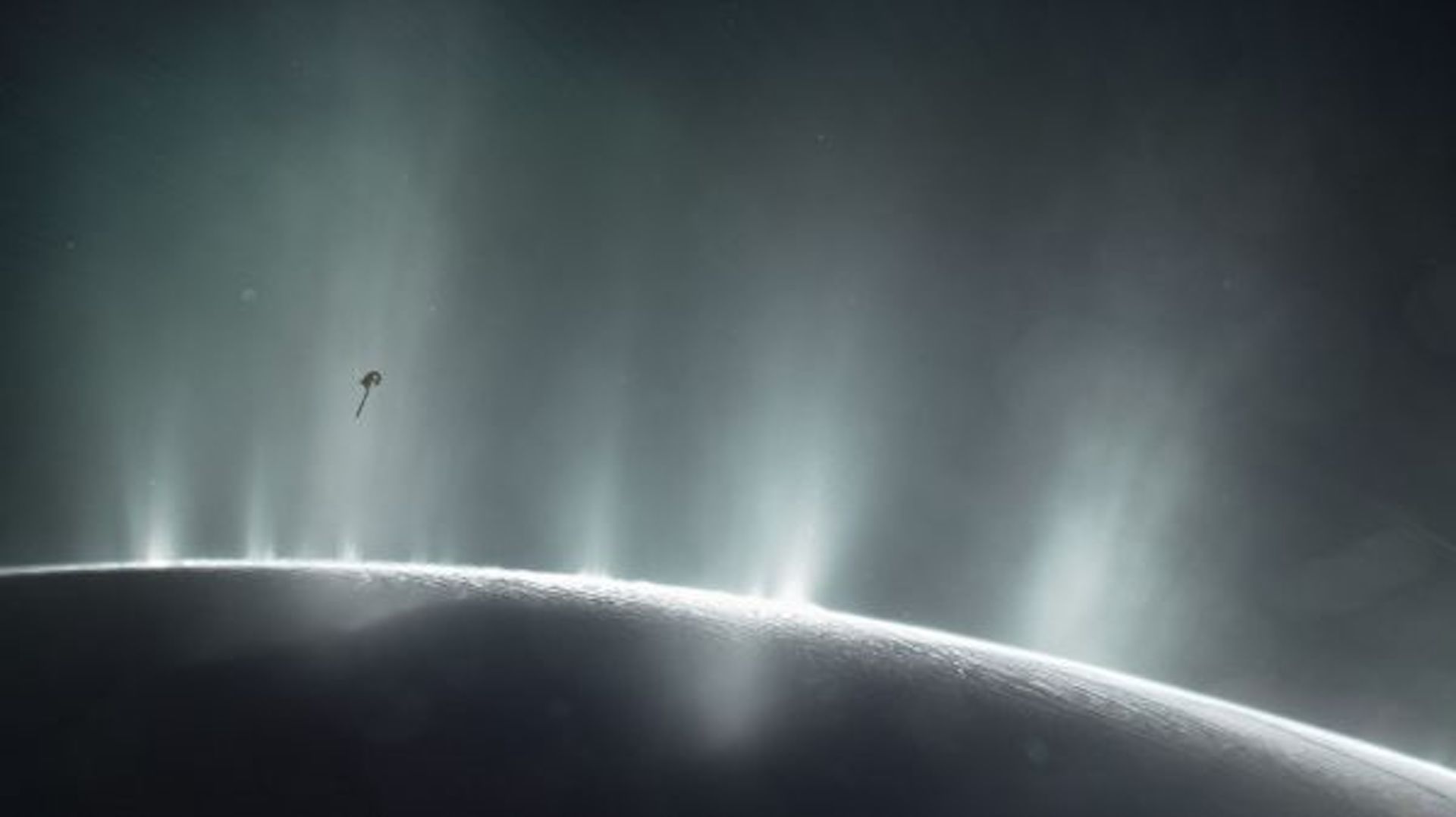
James Webb telescope discovers gargantuan geyser on Saturn's moon, blasting water hundreds of miles into space
By Isobel Whitcomb published
The James Webb Space Telescope caught Saturn's icy moon Enceladus spraying a 'huge plume' of watery vapor far into space — and that plume may contain chemical ingredients for life.
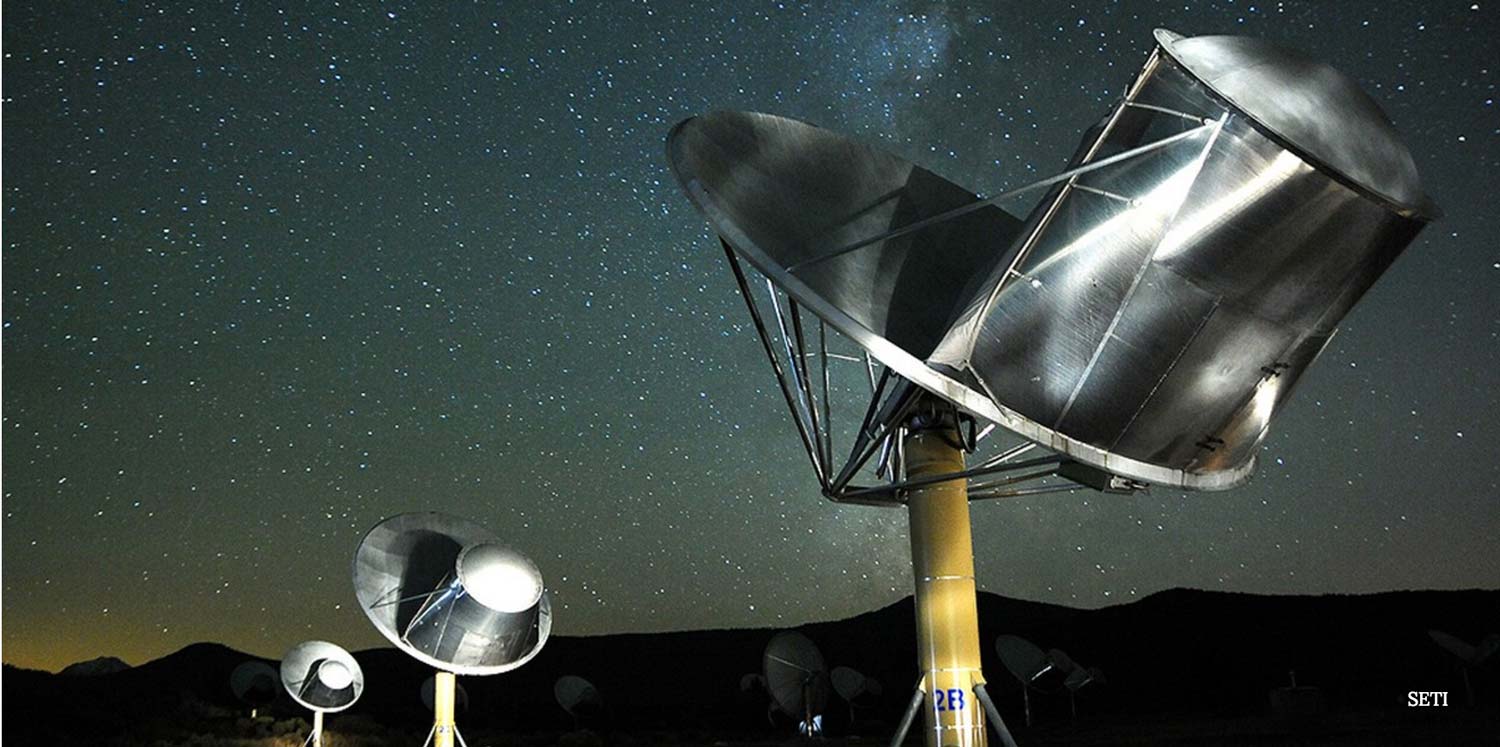
Scientists are working on an official 'alien contact protocol' for when ET phones Earth
By Isobel Whitcomb last updated
We're unprepared for when E.T. reaches out to us. A team of experts is determined to change that.

What messages have we sent to aliens?
By Isobel Whitcomb published
The most important thing we've communicated? That we exist.

How do tiny pieces of space junk cause incredible damage?
By Isobel Whitcomb published
Space junk moves at 10 times the speed of a bullet from an average gun.
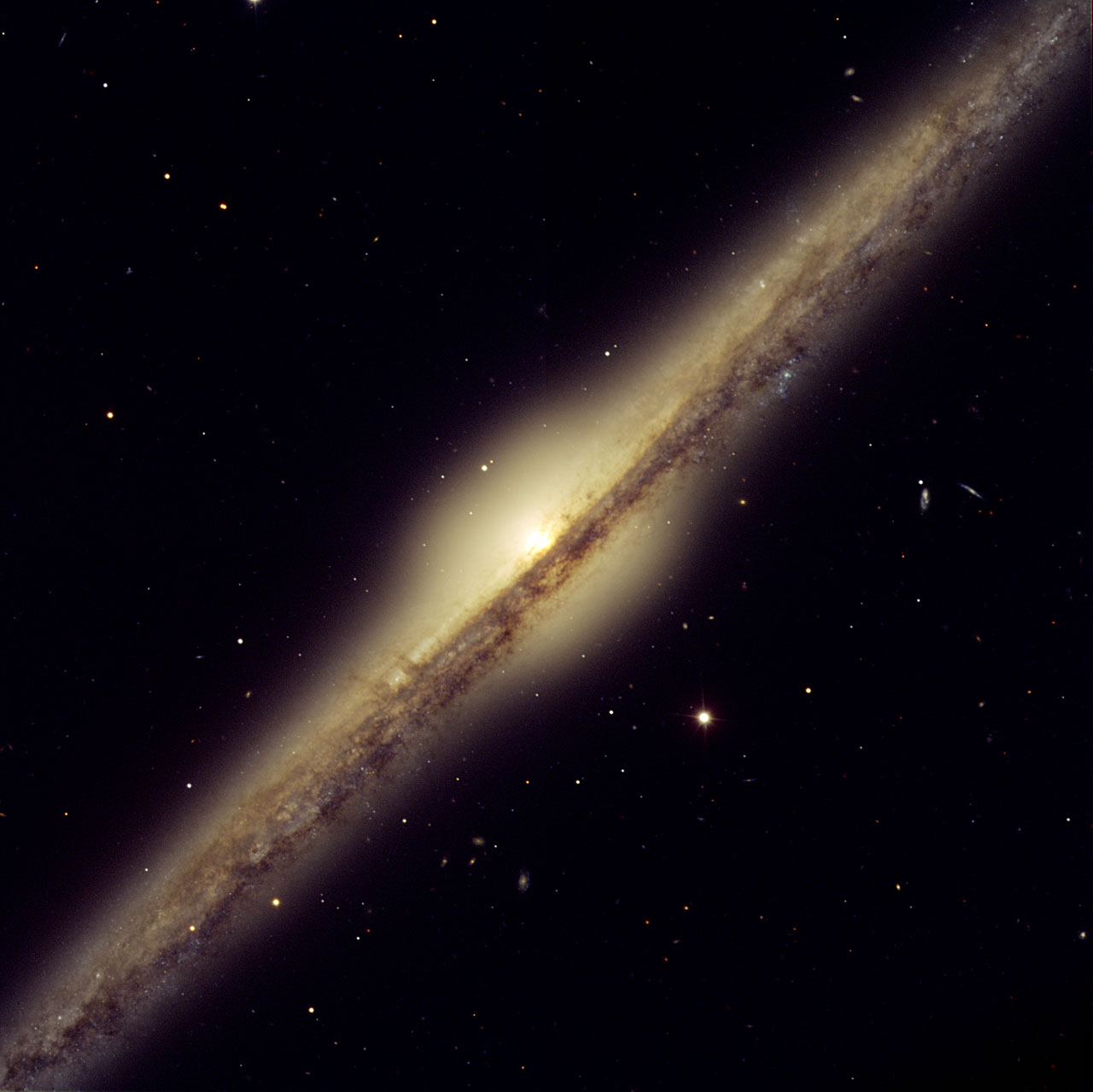
Remarkable 'Radio Halo' Could Reveal the Unseen Phenomena at Galaxy's Fringes
By Isobel Whitcomb published
Halos aren't just for angels.
Get the Space.com Newsletter
Breaking space news, the latest updates on rocket launches, skywatching events and more!
